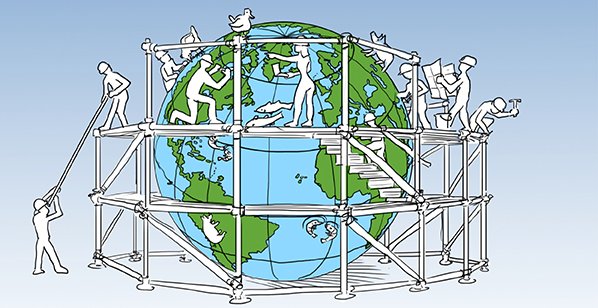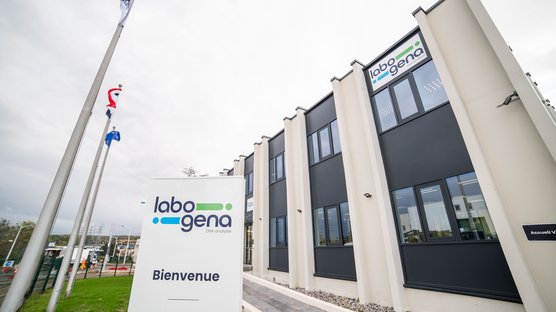
Published on Nov. 1, 2018
Building a sustainable competitive edge
Most organizations start pursuing sustainability as a reactive measure. They think of it as ways to save energy, reduce waste and cut back on water. Other companies may have faced the negative effects of public embarrassment that triggered certain sustainability initiatives.
Organizations usually go through phases
when implementing sustainability practices. Normally, three phases of
sustainability are recognized and for every company it is useful to identify
where they are and what it means for their organization. What are these three
phases and how is Hendrix Genetics moving to sustainability 3.0?
At Hendrix Genetics, we recognized the importance of sustainability in 2013
while discussing the future direction of the company. From the onset our
ambition was clear as we realize that animal genetics play a key role in improving
the sustainability of animal production. This will continue to be true in the
future. We naturally think in generations, and we know that what we do today
has an impact on future generations. So how did we embark on this journey,
where are we today, and where are we going?
Sustainability 1.0: Eco-efficiencies and risk reduction
In 2013, a working group of Hendrix Genetics was formed to discuss the first sustainability program in the company. Sustainability was named a strategic pillar of the company’s strategy moving towards 2020. The question was, however, how do we turn our ideas about sustainability into concrete actions to achieve our company’s goals? From the start, our company ambitions exceeded realizing eco-efficiencies or reducing risk.
Sustainability 2.0: Competitive advantage
Our target was to build sustainability into a strategic pillar to create value for the chain. The initial working group identified 22 sustainability stakes divided over three building blocks: Animals, People and Planet. Of the total set of 22 stakes, four stakes were identified as ‘mandatory stakes’, i.e. stakes every part of the organization must prioritize. Although many of these areas were already important areas of focus, the sustainability program gave us a framework to organize our process.
Over the last four years, all business units of Hendrix Genetics have focused on:
- Responsible
use of antibiotics
- Animal
welfare
- Health
& safety
- Biosecurity
Clear results have been achieved and in the coming months we will report on the progress on each of these four stakes via this newsletter.
Sustainability 3.0: Reinvention and regeneration
Sustainability 3.0 involves challenging the business model and taking responsibility for serious issues that an organization is well positioned to help solve. Organizations in this third phase broaden their focus from just serving customers to solving the serious challenges (social, economic and/or environmental) in the larger community.
With this in mind and after running the program for four years, we recently executed extensive materiality analysis to determine which of our own stakes are impacting our world and, therefore, we have a responsibility to help solve. We gathered over 500 responses from all over the world and from different stakeholder groups. We tested the impact and importance of dozens of stakes, and in conclusion, eight stakes surfaced:
- Animal
welfare
- Food safety
- Our
breeding program
- Biosecurity
- Expertise
- Customers
- Employee
engagement
- Information
security
We are in the middle of defining our plans for these eight stakes and we will explain them in more detail in the near future. We are convinced that by moving to sustainability 3.0, we will utilize our resources to widen the lens beyond sustainability issues affecting our own organization. Entering sustainability 3.0 will mean making a significant contribution to resolving important issues we are facing as citizens of the world.




